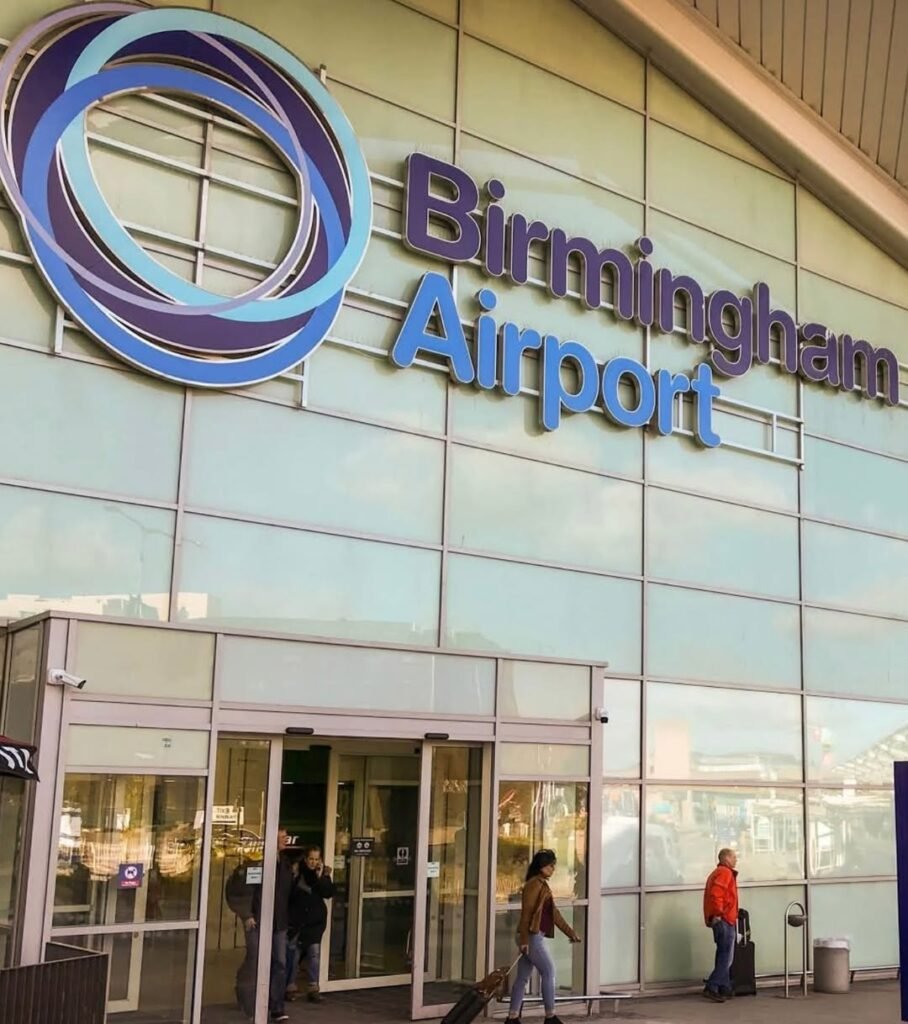Birmingham Airport has once again captured the nation’s attention—this time, not for its impressive growth or ambitious future plans, but for the considerable disruption caused by a dramatic emergency landing. For millions across the UK who travel through this major hub, the recent incident only highlights its crucial role in keeping the country moving.
A Day of Disruption: Emergency Landing Shuts Runway
On Wednesday, 6 August 2025, Birmingham Airport’s single runway was abruptly closed following an emergency landing by a small Beech B200 Super King Air aircraft. The landing gear failed upon touchdown, prompting a swift response from fire and rescue services. The airport reported that just one person suffered minor injuries, and all others on board received prompt attention before being discharged by medical staff.
West Midlands Police and a team from the Air Accidents Investigation Branch were quickly on the scene to assess the incident and ensure safe reopening of the airport. The closure, which lasted over six hours, triggered widespread disruption. Dozens of flights were delayed, diverted or cancelled, and thousands of passengers faced uncertainty. East Midlands Airport took in several diverted flights, although it announced capacity concerns as the day unfolded.
By 8pm, Birmingham Airport had reopened, with operations resuming amid ongoing delays. Transport Minister Heidi Alexander acknowledged the inconvenience, describing the disruption as minimal but recognising the frustration experienced by travellers. The professionalism of the airport’s ground teams and emergency services was widely praised, and all affected passengers were encouraged to check for updates before making their way to the airport.
Passenger Numbers Surge: Record Year for the Midlands Hub
Despite the setback, Birmingham Airport has been enjoying remarkable growth over the past year. Official statistics confirm that in 2024, the airport handled some 12.85 million passengers—a 12% increase compared to the previous year—making it the UK’s seventh busiest airport. By mid-2025, monthly reports indicate a continued upward trend. January through April 2025 each saw over 216,000 passengers pass through, with year-on-year growth for several months.
Birmingham now stands as Britain’s third busiest airport outside London, surpassed only by Manchester and Edinburgh in the regional rankings. The airport’s resurgence is even more impressive given the sharp pandemic-induced declines experienced between 2020 and 2022. Recovery has been swift and sustained, with Birmingham well-positioned to build on its success.
Airlines, Routes and Regional Significance
Part of Birmingham Airport’s appeal is its extensive route network. More than 35 airlines operate here, connecting passengers to 144 destinations across Europe, Africa, the Middle East, and Asia. The airport caters to a broad customer base: 88% leisure and ‘visiting friends and relatives’ (VFR) traffic, and 12% business travellers.
Recent additions have included the return of Qatar Airways to Doha, Emirates’ A380 flights to Dubai, and new connections via Saudia and Pegasus Airlines. Birmingham now serves as a base for easyJet, Ryanair, TUI Airways, and Jet2.com, broadening options for both budget and premium travellers.
Geographically, the airport’s location eleven kilometres from Birmingham city centre makes it easily accessible for residents of Coventry, Warwickshire, and Worcestershire. Its proximity to major highways and direct rail links via the Air-Rail Link ensure convenience for the wider West Midlands and beyond. The opening of the new High Speed 2 (HS2) interchange station in 2029 promises to further shorten journey times to London, potentially allowing trips to the capital in under 40 minutes.

Ambitions for Growth: £300 Million Investment and a Vision for 2033
Looking ahead, Birmingham Airport is far from resting on its laurels. An ambitious investment plan aims to boost capacity to 18 million passengers by 2033. A £300 million upgrade will deliver expanded terminal facilities, streamlined security processes, and enhanced passenger amenities, all aimed at driving further growth.
A central goal is to secure new transatlantic routes to New York and Toronto, and expand access to global business and leisure destinations such as Hong Kong, Mumbai, and Singapore. At the same time, officials are seeking improved connectivity within Europe, targeting new direct routes to cities like Stuttgart, Oslo, and Hamburg.
Challenges: More Passengers, Greater Expectations
With record numbers travelling through the airport and new investments on the horizon, Birmingham faces the challenge of managing infrastructure and maintaining reliable service. The recent emergency incident underscores the importance of robust safety protocols and contingency planning.
Passengers and airlines alike will be watching closely to ensure that the airport’s ambitions translate into a seamless travel experience. The disruption serves as a reminder of just how vital continuous investment in safety—and communication—is for any major transport hub.
Local Impact and National Significance
For the West Midlands, Birmingham Airport is a cornerstone of economic vitality. Connectivity brings in business, supports jobs, and links families across continents. As the airport eyes expansion, the benefits are likely to spread even further into the regional economy.
Final Thoughts
Birmingham Airport’s emergency closure has tested its resilience but also drawn attention to its pivotal place in UK air travel. With passenger numbers at record highs and bold investment plans in place, it stands at the forefront of the Midlands’ ambitions. If it can successfully combine efficiency, safety, growth and sustainability, Birmingham Airport will remain essential—not just for the region, but for the entire UK.
Record-Breaking Passenger Numbers
Birmingham Airport is experiencing sustained growth, with 2024 closing at just over 12.8million passengers. This marks nearly a 12% increase on the previous year and solidifies its place as Britain’s seventh busiest airport and the third largest outside London, after Manchester and Edinburgh. Monthly statistics show the upward trajectory: January to April 2025 saw passenger numbers ranging from around 216,000 to 269,000 per month, reflecting steady increases year over year.
Conclusion:
Birmingham Airport is navigating a period of rapid growth and modernisation while maintaining its commitment to safety and resilience. Recent events have tested its preparedness, but ongoing investments and improvements ensure the airport remains a vital, forward-looking gateway for the Midlands. As passenger numbers continue to rise and new routes are added, Birmingham Airport is well-positioned to strengthen its role on the national and international stage.
Read More: Aston Villa routs Roma in pre-season match
